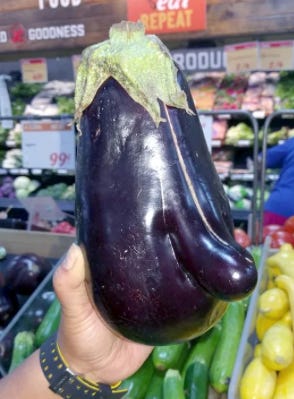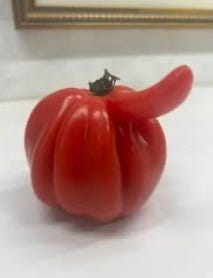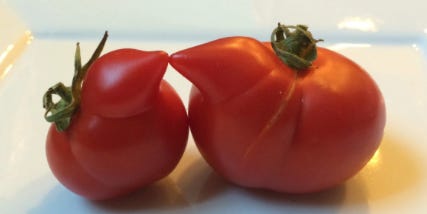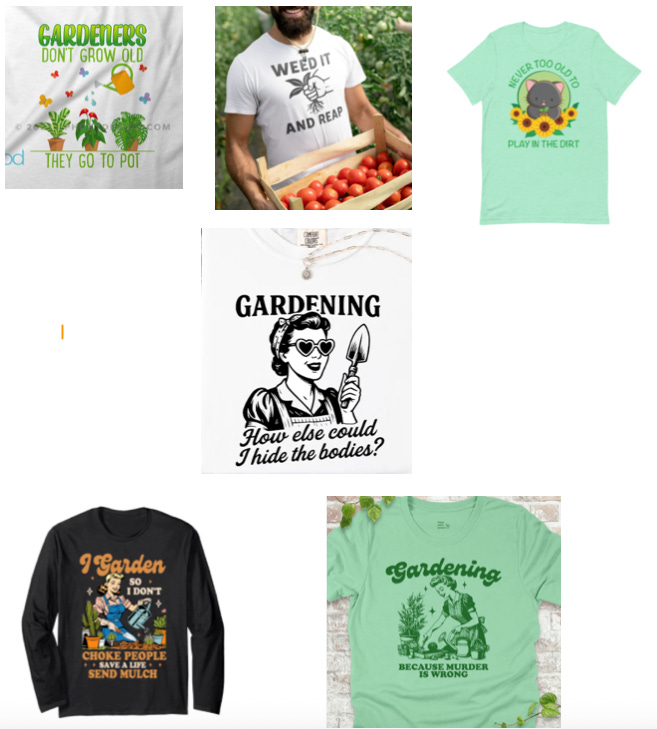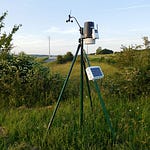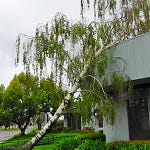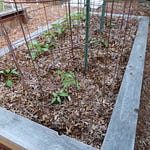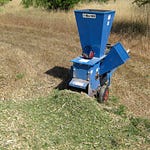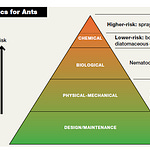This journey into the odd and slightly obscene world of misshapen vegetables was inspired by Sacramento County Master Gardener Peter Horton, who wrote this article for the October 2025 Sacramento Co. Master Gardener newsletter:
My Siletz tomatoes looked weird: Almost all the fruit had elongated growths on the blossom end. Remembering the display of aberrant vegetables at Harvest Day, I turned to Gail Pothour of the Vegetable Team for an explanation of this phenomenon.
Gail responded that the tomatoes were showing examples of horns/noses. This aberration results from a physiological/genetic disorder that occurs while the fruit is still microscopic.
A few cells divide incorrectly and produce an extra fruit locule, the part of the tomato that stores the seeds.
The extra locule grows larger on the external surface of the tomato as the cells increase in size and number. Manifesting at a rate of 1 fruit per 1,000 plants, the genetic mutation can result when temperatures are too hot or too cold during fruit set.
The numbers of my genetically-mutated Siletz tomatoes much exceeded this 1 per 1,000 rate. Almost all the early tomatoes on all the plants displayed horns/noses.
Why?
Gail’s research also showed that the Siletz was specifically developed by Oregon State University to yield well in Oregon’s cooler weather. I had bought the seeds from an Oregon seed supplier because the variety was described as an early tomato. The supplier did not mention Siletz’s need for a cooler growing environment although clearly, the variety is ill-suited to the warmer, early-season temperatures of California’s Central Valley.
Other vegetables can also develop horns/noses. Gail noted that the FOHC vegetable garden has grown eggplant and pepper fruits showing this phenomenon. She also observed that these aberrations are what make vegetable gardening fun and exciting: “There is nothing like a bit of whimsey in the garden.”
The article made me harken back to the days of the popularity of Richard Nixon lookalike vegetables, odd-shaped tomatoes, peppers, eggplants, and squash that had appendages - that to some - resembled the former President in profile. Eggplants, in particular, seem to favor this aberration, according to Facebook and Google AI:
“Commenters who see Nixon in eggplants often cite specific aspects of his facial features that irregularly shaped eggplants can evoke:
Prominent nose: Nixon was known for his prominent, sometimes described as “ski slope,” nose. Certain eggplants can have a rounded, bulbous end that people interpret as a large nose.
Distinctive jowls: Nixon had sagging jowls, particularly later in his career. The shape of some eggplants, with a wider base and some lumps or folds, can be reminiscent of this feature.
Overall shape: A purplish, somewhat lumpy or distorted eggplant can vaguely suggest a human face, and for some, the specific characteristics align with the common caricature of Richard Nixon.
This phenomenon is an example of pareidolia, where the human brain perceives familiar patterns, such as faces, in random or ambiguous stimuli.”
At the very least, today’s newsletter has introduced you to a new word, “pareidolia”. The term, according to the National Institute of Health, originally implied the observer may be a bit touched in the head:
“The term was coined by German psychiatrist Klaus Conrad in 1958 and comes from the Greek words “para” (beside or beyond) and “eidos” (form or shape). He used it to describe the initial stages of schizophrenia, though it is now understood as a normal cognitive function.”
Are gardeners a bit touched in the head?
After the paywall:
More deformed vegetables!
A transcript of our chat with Gail Pothour, who explains more about these extra locules, and why they happen (hint: IT’S ALL YOUR FAULT). And, she answers the question: are those appendages edible?
Listen to this episode with a 7-day free trial
Subscribe to Beyond The Garden Basics to listen to this post and get 7 days of free access to the full post archives.



